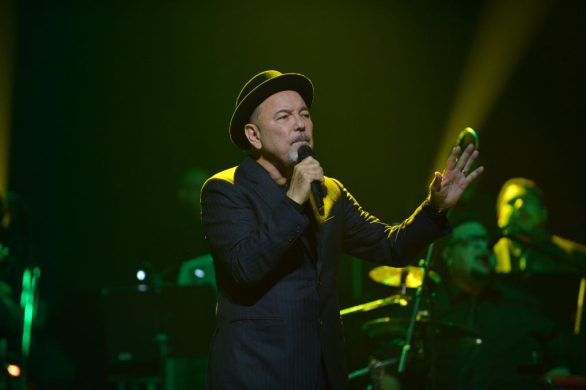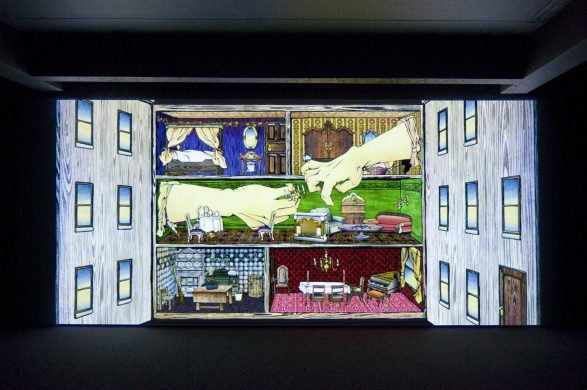PERU: New Census to Make Indigenous Peoples Rights Count
LIMA, 8 October: The Peruvian state will repay a longstanding debt to indigenous people in the countrys Amazon region by including them in a national census in a way that pays attention to their particular social, economic and cultural characteristics. But experts say this is only a first step.
On Oct. 21, interviewers from the National Institute of Statistics and Informatics (INEI) will arrive in 2.200 indigenous communities in the Amazon region, armed with census forms bearing 37 questions that will put these people back on the South American countrys data map.
This detailed survey will be carried out in 11 of the 25 administrative regions into which the country is divided: Amazonas, Cusco, Junín, Madre de Dios, Ucayali, Pasco, Huanuco, Loreto, San Martín, Cajamarca and Ayacucho.
Since Perus independence in 1821, 10 national censuses have been carried out, but only once, in 1993, was specific information gathered about ethnic and multicultural aspects of the population, even though international guidelines require it.
– These peoples unique features were left out of the census. There are several indigenous communities that have not been officially recognised, and it is time to update the figures and find out how many there really are and how they live, Pablo Inga Medina, the coordinator of the INEI census of indigenous communities, said.
The 1993 census identified 1.450 indigenous communities in the Peruvian Amazon, belonging to 65 different ethnic groups, with a total of 299.218 people.
However, the non-governmental Inter-Ethnic Association for the Development of the Peruvian Jungle (AIDESEP) says that according to its research, there are today at least 2.120 communities.
The head of INEI, Renán Quispe, told IPS that indigenous people were counted in previous censuses without taking into account their specific ethnic, cultural, social and economic characteristics, which would have allowed the authorities to know more about their needs and the conditions in which they live.
Furthermore, a number of remote communities have never even been visited because of their inaccessibility.
This time, the compilation of information for the 2007 national census will take place over 15 days, because of the remoteness of some of the communities.
Wilfredo Ardito, head of the working group on indigenous peoples of the National Coordinating Committee for Human Rights, warned that the absence of indigenous people from official statistics so far has meant that “the right of native peoples to bilingual and intercultural education, to a territory and to their culture, is not part of state policy.”
According to the non-governmental Peace and Hope Association, underestimating the true number of indigenous people has led to “inappropriate distribution of the state budget, because the national and regional governments plan their social programmes for native people based on out-of-date figures.”
Quispe admitted that “the 2005 census was incomplete,” and said that “now we want a precise idea of the situation of this sector of the population, so that the state can respond to its demands.”
This time, he said, the census questionnaire has been designed to provide information about the communities’ forms of organisation and their health services, education and economic activity, among other aspects.
Vice-president of AIDESEP, Robert Guimaraes, told IPS that not only the needs of indigenous organisations, “but also their strengths,” should be emphasised.
– We want to become visible so that we can achieve sustainable development in our own way, he said.
Guimaraes, a Shipibo native of the Flor de Ucayali community, pointed out that there are 14 uncontacted indigenous peoples, like the Mashco Piro in a part of Ucayali bordering Brazil, who will not be visited by census takers.
Kilder: Inter Press Service og The Push Journal















